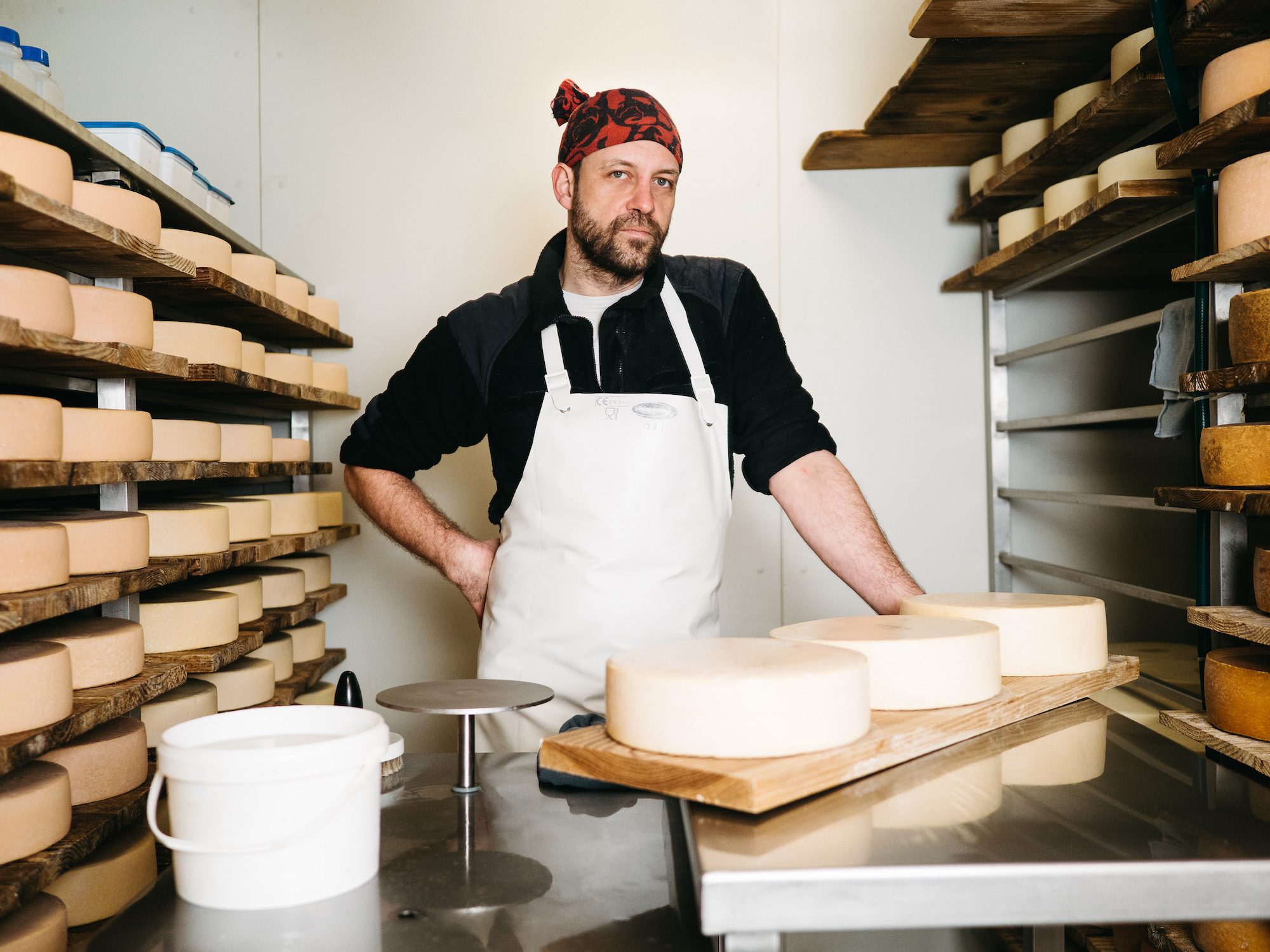Unlocking the Tricks of Artisanal Cheese Making: A Detailed DIY Overview
In the world of cooking craftsmanship, artisanal cheese making stands as a testament to the fragile balance in between practice and technology. As we embark on this trip to demystify the art of creating splendid cheeses, we are encountered with a tapestry of abilities and keys waiting to be untangled.
Selecting the Right Milk
When embarking on the journey of artisanal cheese making, the choice of milk plays an essential role in identifying the high quality and attributes of the final item. The type of milk chosen influences the taste, appearance, and on the whole account of the cheese.
When selecting milk for cheese production, it is very important to take into consideration the fat web content. Greater fat material in milk can cause a creamier and richer cheese, while reduced fat web content may cause a drier and firmer appearance. In addition, the source of the milk, whether from cows, goats, sheep, or buffalo, contributes distinct tastes and features to the cheese (Melbourne Made Cheese). Each sort of milk brings its own subtleties, permitting for a wide variety of cheese selections to be crafted based on the picked milk. Ultimately, the option of milk is a fundamental decision that sets the structure for an effective artisanal cheese-making endeavor.
Culturing and Coagulating
To initiate the cheese-making procedure, the critical steps of culturing and coagulating should be carefully performed to change milk into curds and whey. Culturing entails introducing helpful germs to the milk, which after that starts the fermentation process. These bacteria transform lactose (milk sugar) right into lactic acid, developing the acidic atmosphere essential for coagulation. The kind of culture made use of can considerably affect the taste, texture, and ripening of the last cheese item.

The timing and temperature control during culturing and coagulation are important aspects that affect the last outcome of the cheese. Proper implementation of these steps is vital to ensure the preferred structure, taste, and consistency of the artisanal cheese being created.
Draining and Pressing Curds
After the milk healthy proteins have coagulated and the curds have been reduced to launch whey, the next vital action in artisanal cheese making involves draining and pushing the curds to attain the wanted appearance and consistency of the last cheese product. Draining is the process of dividing the curds from the whey. This can be done by moving the curds right into a cheesecloth-lined colander or mold and mildew and enabling the whey to drain off normally. The time for draining pipes can vary depending upon the sort of cheese being made and the desired moisture content.
Pushing aids remove any type of staying whey and compacts the curds to create a solid cheese wheel. Appropriate draining pipes and pushing are crucial steps that substantially influence the quality and characteristics of the artisanal cheese being created.
Aging and Flavor Techniques
Executing thorough Extra resources aging and flavor methods is pivotal in enhancing the deepness and complexity of Read More Here artisanal cheeses, elevating their taste profiles to splendid degrees of improvement and sophistication. Aging plays an essential role in establishing the distinct tastes and textures that differentiate artisanal cheeses. During the aging procedure, cheeses are kept in carefully controlled settings where factors such as temperature level, airflow, and moisture are adjusted to motivate the development of useful mold and mildews and microorganisms. This regulated environment allows celebrity to develop slowly, developing abundant tastes and complex scents.
Seasoning strategies additionally contribute considerably to the final taste of artisanal cheeses. Cheesemakers may select to present additional tastes by incorporating active ingredients such as natural herbs, spices, or even fruits into the cheese throughout the production procedure. Furthermore, some cheeses are washed or rubbed with different fluids, such as brine or alcohol, to boost their tastes and structures.
Covering and Keeping Cheeses

Conclusion
To conclude, understanding the art of artisanal cheese making includes meticulously choosing the ideal milk, complying with precise culturing and coagulating processes, draining and pressing curds effectively, and using numerous aging and flavor strategies. By following these steps diligently and with attention to information, you can create your own scrumptious and one-of-a-kind cheeses in your home. Bear find this in mind to wrap and store your cheeses correctly to ensure optimal taste and appearance advancement. Happy cheese making!
Each type of milk brings its very own subtleties, allowing for a broad range of cheese selections to be crafted based on the picked milk.After the milk proteins have coagulated and the curds have been cut to release whey, the next vital step in artisanal cheese making includes draining and pressing the curds to attain the preferred appearance and consistency of the final cheese item. The majority of cheeses must be wrapped in wax paper or cheese paper to allow them to take a breath while shielding them from drying out. For cheeses that require to continue aging, such as bloomy skins or washed rinds, ensure they are kept in a cool setting like a cheese cave or a refrigerator established to the ideal temperature. By paying focus to the covering and storage space of artisanal cheeses, cheese makers and enthusiasts can preserve the honesty of these delicacies and totally appreciate their complicated flavors.